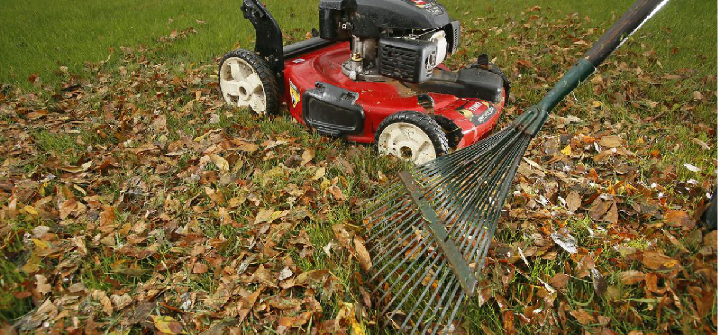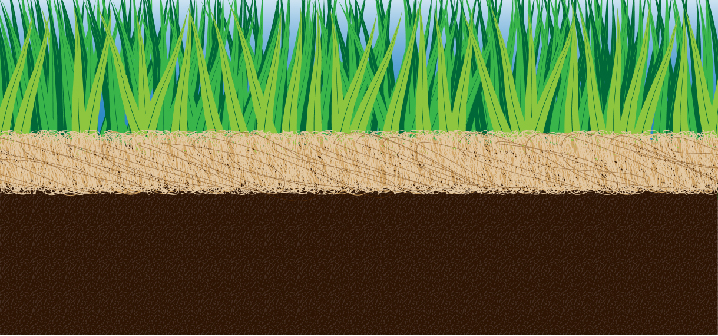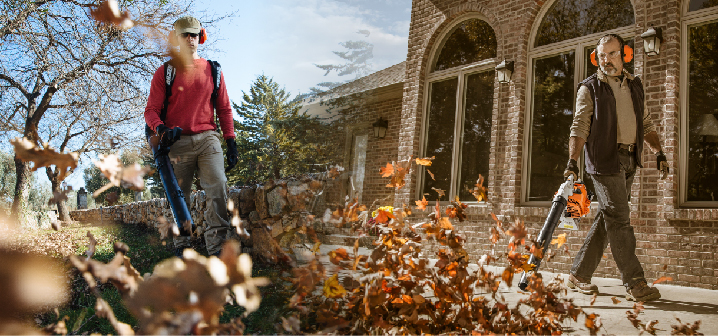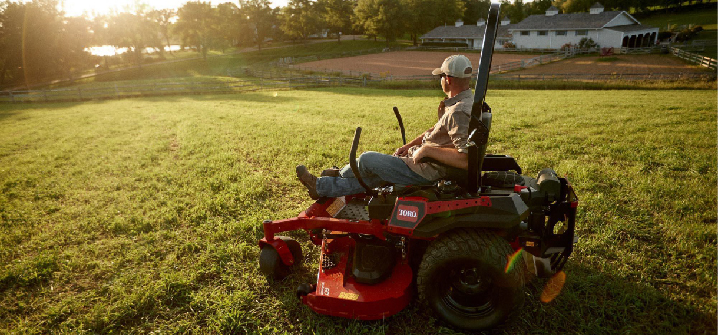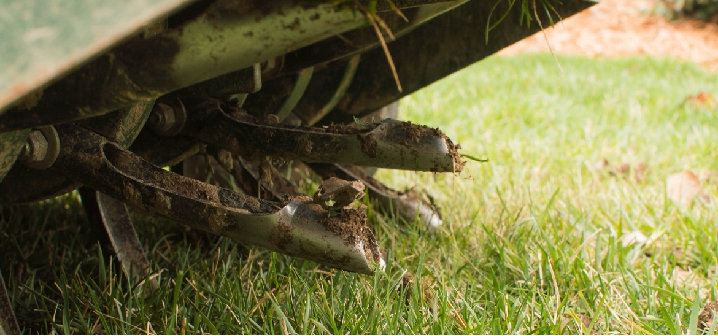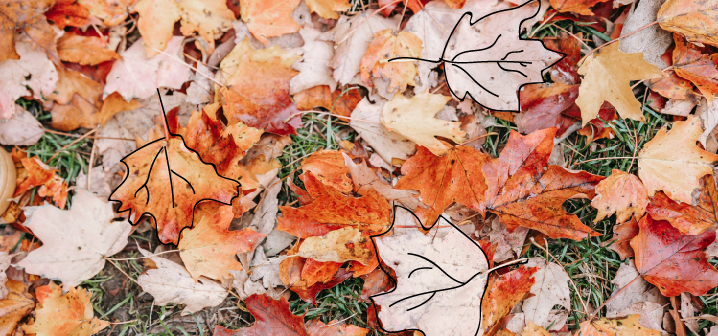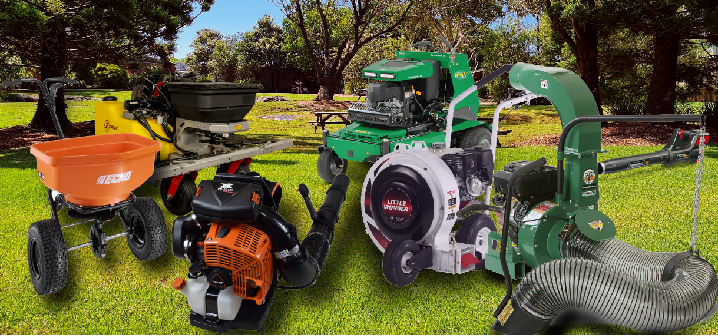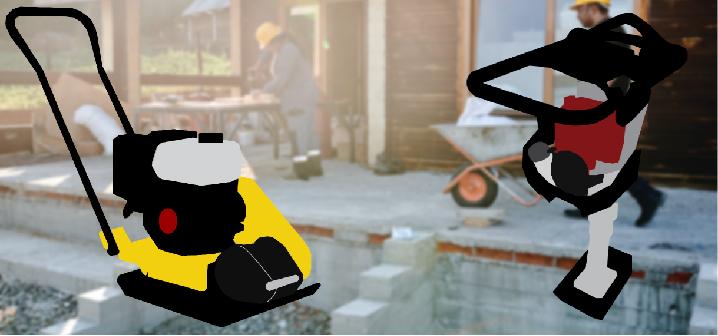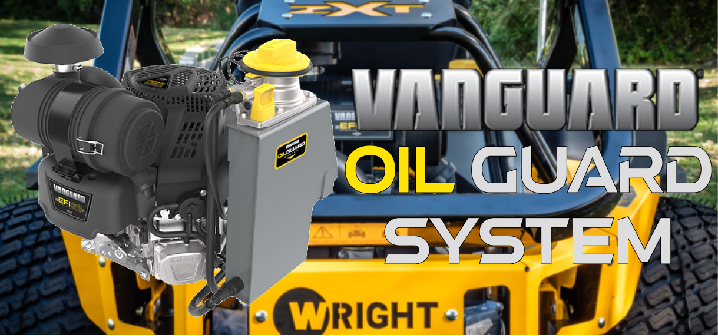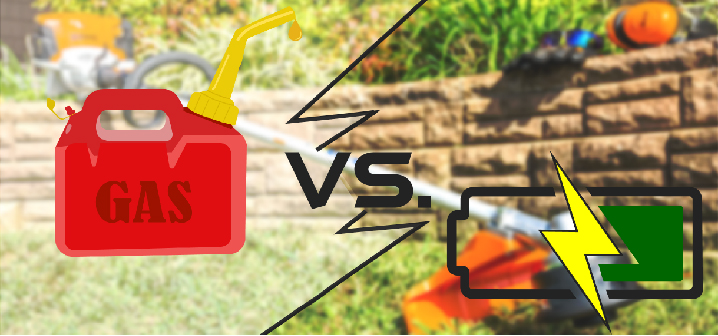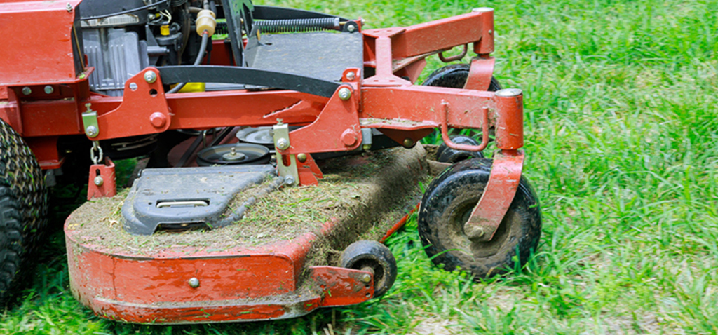Blog
| Usher in a Healthy Lawn this Spring! | |
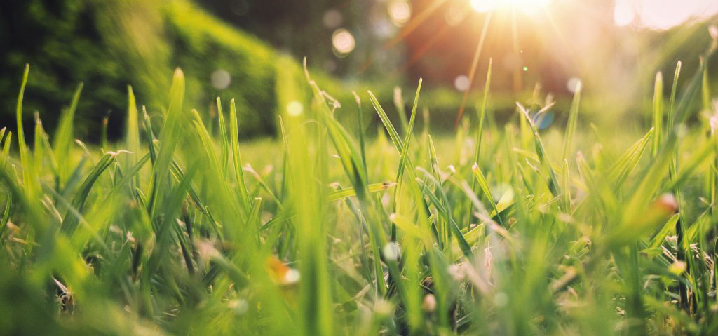 |
As the Spring Season gets to a start, these tips will help you usher in a healthy lawn. If you want a green, lush yard; it is important to start off every season (especially spring) the right way. Spring is the time for clean up! Start off by giving your lawn a good cleaning to start promoting new growth. This means using a rake or a blower to get rid of all the dead grass and leaves. After that, you should overseed your lawn. This is the process in which you seed your whole lawn then go back over bare or thin patches. Once that new growth begins to sprout, its time to start mowing. Your first mow should always be kept fairly high. Work your way down to your desired height in small increments to ensure your lawn stays healthy. Once your lawn starts to turn green (usually about 3 mows) it is time to spread fertilizer. Make sure your grass is ready before spreading fertilizer or you'll end up with fertilizer run-off and wasted money. |
Free Local Delivery


